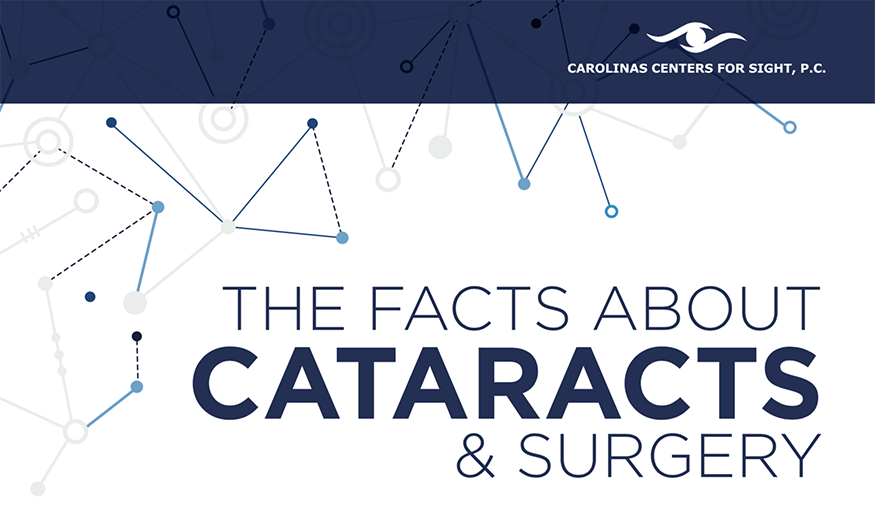Familiarize On Your Own With The Essential Stages Of Your Youngster'S Eye Test And Discover Suggestions To Make The Experience Pleasurable For Both Of You
Familiarize On Your Own With The Essential Stages Of Your Youngster'S Eye Test And Discover Suggestions To Make The Experience Pleasurable For Both Of You
Blog Article
Web Content Create By-Padilla Patrick
When your youngster visits the eye physician, it's vital to know what to anticipate to aid relieve any type of stress and anxiety. The procedure begins with a conversation concerning their health and wellness background and any kind of details issues you might have. The physician will certainly then conduct a series of tests to evaluate their vision. Recognizing these actions can make the experience smoother for both you and your child. But just what happens during the eye exam?
Getting ready for the Consultation
When you're getting ready for your child's eye doctor appointment, it assists to collect information ahead of time.
Start by gathering any kind of appropriate case history, including your kid's previous vision concerns or eye problems. If your youngster uses glasses or call lenses, bring those along.
You should also write down any type of concerns or problems you could've about your child's vision or eye health and wellness. In this manner, you will not forget to ask throughout the visit.
In addition, examine if your youngster requires to prevent certain foods or tasks prior to the visit, as some examinations might need this.
Lastly, consider arranging the consultation at once when your youngster is well-rested to ensure they're tranquil and cooperative during the exam.
What Happens During the Eye Exam
After you and your kid come to the eye physician's office, the exam typically begins with a discussion concerning your youngster's case history and any vision concerns you have actually kept in mind.
The physician will then do a series of examinations to evaluate your youngster's vision. This might include reading letters on an eye graph and using unique instruments to look for refractive mistakes. Your kid may be asked to cover one eye while concentrating on various objects.
The physician may also check for eye alignment and deepness understanding. Throughout the test, urge your child to ask concerns.
It is necessary for them to really feel comfy, so comfort them that the examinations fast and painless, assisting to ensure their eyes are healthy and balanced.
Post-Exam Treatment and Next Steps
When the eye exam is full, you'll intend to review the results with the doctor to understand your child's vision status and any type of required follow-up actions.
If Pediatric Eye Disorders needs glasses, the doctor will certainly guide you on the most effective options. See to Pediatric Ophthalmic Consultations to ask about correct treatment and fitting.
If there are any type of worries, like eye conditions or the requirement for more tests, the medical professional will describe the following steps.
Watch on any changes in your kid's vision in the house and report them during follow-up visits.
Normal eye exams are essential, so schedule the next visit as suggested.
Lastly, motivate your child to use their glasses or comply with any kind of recommended treatments regularly for the very best outcomes.
Verdict
As you wrap up your child's ophthalmologist browse through, bear in mind that keeping an open line of communication is key. Motivate your kid to share their thoughts and any concerns they might have. Follow the medical professional's suggestions for eye treatment and routine any type of necessary follow-up visits. By remaining aggressive regarding your child's eye health and wellness, you're helping them keep clear vision and a bright future. Trust the process, and you'll both feel even more certain in their eye treatment journey.
